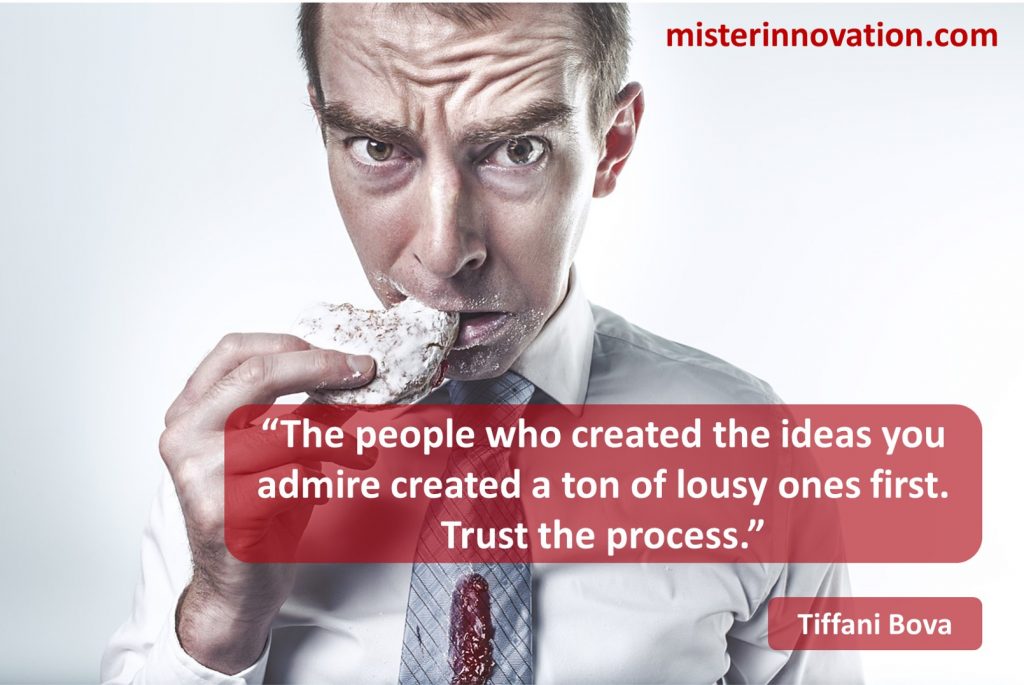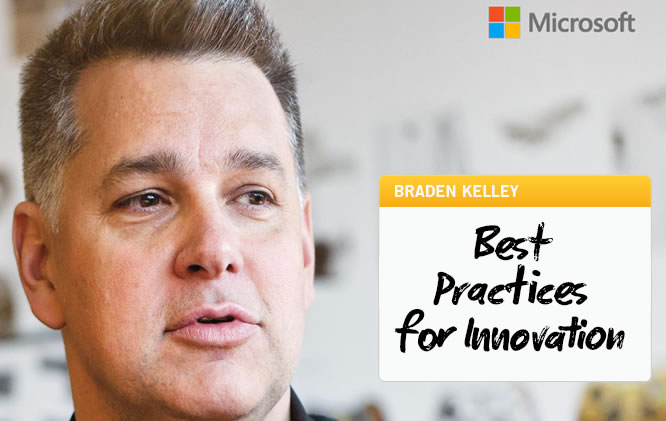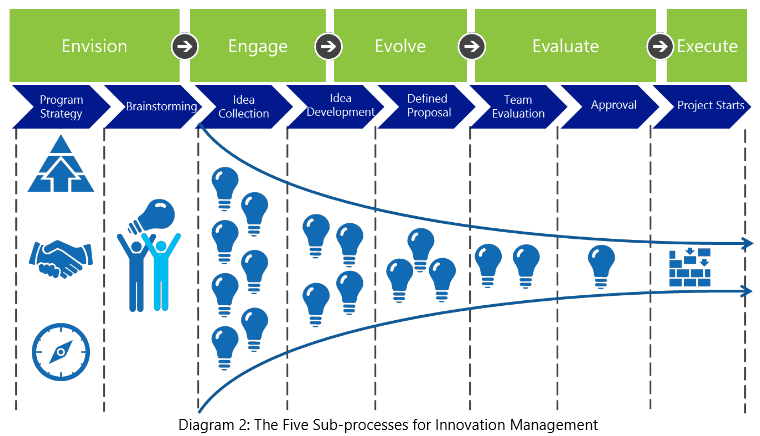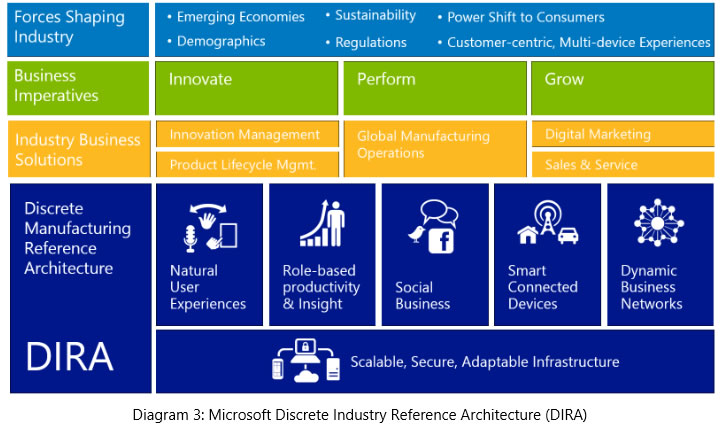
GUEST POST from Mike Shipulski
100% agreement means there’s less than 100% truth. If, as a senior leader, you know there are differing opinions left unsaid, what would you do? Would you chastise the untruthful who are afraid to speak their minds? Would you simply ignore what you know to be true and play Angry Birds on your phone? Would you make it safe for the fearful to share their truth? Or would you take it on the chin and speak their truth? As a senior leader, I’d do the last one.
Best practice is sometimes a worst practice. If, as a senior leader, you know a more senior leader is putting immense pressure put on the team to follow a best practice, yet the context requires a new practice, what would you do? Would you go along with the ruse and support the worst practice? Would you keep your mouth shut and play tick-tack-toe until the meeting is over? Would you suggest a new practice, help the team implement it, and take the heat from the Status Quo Police? As a senior leader, I’d do the last one.
Truth builds trust. If, as a senior leader, you know the justification for a new project has been doctored, what would you do? Would you go along with the charade because it’s easy? Would call out the duplicity and preserve the trust you’ve earned from the team over the last decade? As a senior leader, I’d do the last one.
The loudest voice isn’t the rightest voice. If, as a senior leader, you know a more senior leader is using their positional power to strong-arm the team into a decision that is not supported by the data, what would you do? Would you go along with it, even though you know it’s wrong? Would you ask a probing question that makes it clear there is some serious steamrolling going on? And if that doesn’t work, would you be more direct and call out the steamrolling for what it is? As a senior leader, I’d do the last two.
What’s best for the company is not always best for your career. When you speak truth to power in the name of doing what’s best for the company, your career may suffer. When you see duplicity and call it by name, the company will be better for it, but your career may not. When you protect people from the steam roller, the team will thank you, but it may cost you a promotion. When you tell the truth, the right work happens and you earn the trust and respect of most everyone. As a senior leader, if your career suffers, so be it.
When you do the right thing, people remember. When, in a trying time, you have someone’s back, they remember. When a team is unduly pressured and you put yourself between them and the pressure, they remember. When you step in front of the steamroller, people remember. And when you silence the loudest voice so the right decision is made, people remember. As a senior leader, I want to be remembered.
How Do You Want to Be Remembered?
- Do you want to be remembered as someone who played Angry Birds or advocated for those too afraid to speak their truth?
- Do you want to be remembered as someone who doodled on their notepad or spoke truth to power?
- Do you want to be remembered as someone who kept their mouth shut or called out the inconvenient truth?
- Do you want to be remembered as someone who did all they could to advance their career or someone who earned the trust and respect of those they worked with?
In the four cases above, I choose the latter.
Image credit: Unsplash
![]() Sign up here to join 17,000+ leaders getting Human-Centered Change & Innovation Weekly delivered to their inbox every week.
Sign up here to join 17,000+ leaders getting Human-Centered Change & Innovation Weekly delivered to their inbox every week.



 GUEST POST from Art Inteligencia
GUEST POST from Art Inteligencia
 Recently I was identified in a mini research study as one of the top Key Opinion Leaders in change management on Twitter by Maven7, and they were curious about some of my opinions about organizational change, and asked me these two questions for an article titled ’14 Insightful Quotes from Influencers in Change Management’ on their blog.
Recently I was identified in a mini research study as one of the top Key Opinion Leaders in change management on Twitter by Maven7, and they were curious about some of my opinions about organizational change, and asked me these two questions for an article titled ’14 Insightful Quotes from Influencers in Change Management’ on their blog.




